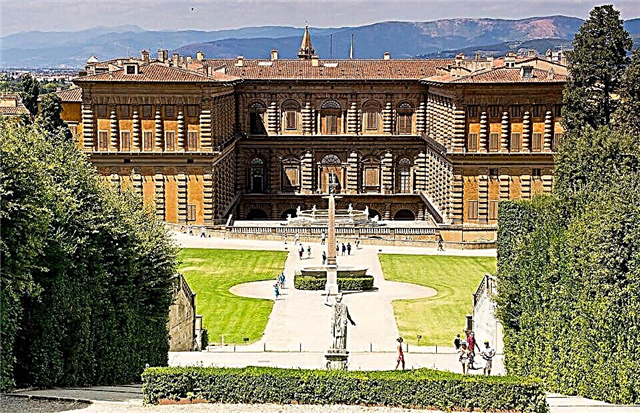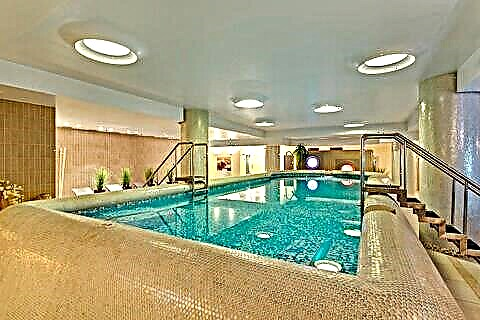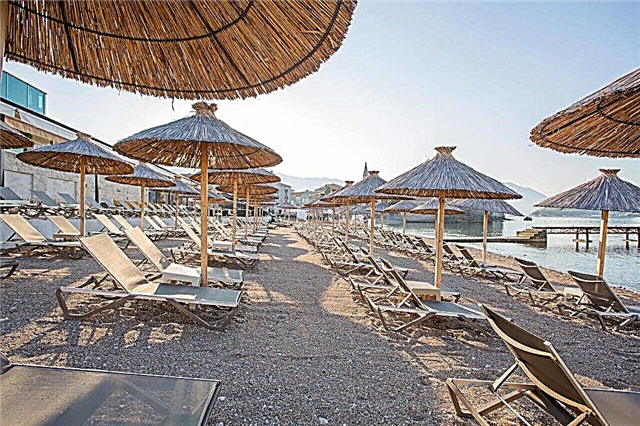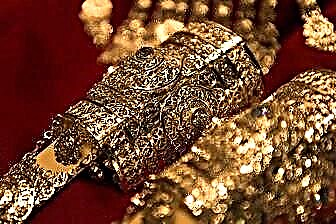In the western side of the District, not far from the Museum of Wooden Architecture, stands the brick building of the Borisoglebsk Church.
Short story
In the old days, on the site of the present church, there was a monastery in honor of the princes Boris and Gleb, as evidenced by the royal charter of 1578, received by Bishop Varlaam of Suzdal from Ivan the Terrible... The letter informs that the tsar decided "not to take any state duties from the monastery of Boris and Gleb and the settlement of Borisov side." Another written mention of the monastery dates back to the 17th century.

General view of the Borisoglebsk church
This is an inscription on the Bible stored in the church, which says that this book was presented to the Borisoglebsk monastery in 1663 by His Grace Philaret, Archbishop of Smolensk. Presumably, the monastery of princes Boris and Gleb was founded in the 16th century on the patrimony of the Suzdal bishop's house. During the Time of Troubles, the monastic monastery was devastated by the Polish-Lithuanian invaders, and, in all likelihood, was soon restored again. The Scribal Book of Suzdal from 1629 notes that "beyond the Kamenka River there is the Borisoglebsk Monastery of Archbishop Joseph." In 1764, during the church reform of Catherine II, the monastery was liquidated, and the church of Boris and Gleb became a parish. It is not known by whom and when the present Borisoglebsk church was built. The date of foundation of the church is considered to be 1749, although the features of its architecture are characteristic of the end of the 17th century..

The architecture of the Church of Boris and Gleb
The Borisoglebskaya Church in Suzdal is an example of an "octagon on a quadruple" type temple - an octahedron is installed on a powerful tetrahedral base, topped with a drum with a head in the form of an elongated helmet. Pilasters in the corners of the temple, as well as carved platbands and a portal, are made in the Baroque style. An apse and a low refectory covered with a box vault adjoin the main volume of the building. Attached to the refectory is a baroque-style four-sided bell tower, completed with a needle-spire.
Attraction rating:











